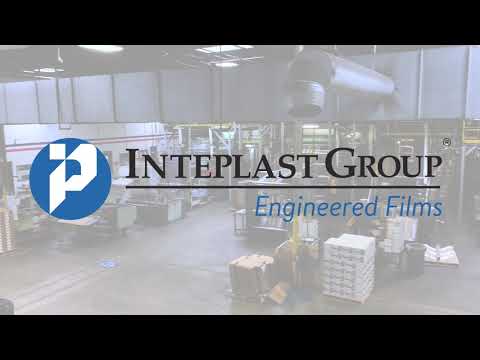
Despite the countless benefits that plastics bring to society, the major blemish in recent times has been the realization of the environmental impact that improperly disposed of plastics can have. The same durability and long-lasting properties that make plastic products so attractive can become permanent hindrances when leaked into the environment.
In response to this dilemma, many innovative plastics manufacturers have sought out ways to create plastic products that can biodegrade or compost when they’ve reached the end of their use, while still remaining just as durable and versatile as traditional plastics. In today’s Sustainability Spotlight, we sat down with IEF’s Senior Technical Manager Dr. Sumita Ranganathan to take a closer look at Compostable Plastic Film.
Q: To start, can you give some general background on compostable plastics?
Dr. Ranganathan: Compostable materials degrade by biological processes to yield carbon dioxide, water, inorganic compounds, and biomass at a rate consistent with biodegradation of natural waste while leaving no visually distinguishable remnants or unacceptable levels of toxic residue. Degradation depends on factors such as temperature, time, humidity, and the presence of microbes.
Q: What allows compostable films to be composted/what makes them compostable?
SR: Compostable plastics can be bioplastics (made from renewable plant-based sources such as polylactic acid, cellulose, or starch blends). Materials like PBAT (polybutylene adipate co-terephthalate) are partially bio-based and may include a monomer that is made from fossil fuels. The molecular structure of the polymer is what makes it compostable. Most of them are polyesters with the ester linkage being susceptible to hydrolysis and further degradation by microbes.
Q: How does the composting process work with the film?
SR: Compostable films can be commercially compostable (aka industrial compostable) or designed to be home compostable (aka backyard compostable). Commercial composting occurs at large-scale permitted facilities which use specific composting technologies typically at higher than ambient temperatures (50-70 C) to break down. Home composting takes place in small piles or containers at someone’s home under ambient conditions (10-50 C).
Q: What makes compostable films more environmentally friendly vs. traditional non-compostable films?
SR: Non-compostable films at the end of life end up either recycled, as trash in a landfill, or as uncontrolled litter. Litter on land or in our lakes and the oceans is a major issue that is escalating. While we absolutely need to increase recycling by improving existing infrastructures, alternatives such as compostable films provide a better option than standard non-compostable films in that they can decrease the total amount of plastic in landfills, and ultimately reduce the amount of plastic leakage into the environment. Compostable films by nature would address landfill issues by degrading harmlessly back into the environment.
Q: What are some common applications of compostable films?
SR: Produce bags, trash bags to collect compostable kitchen waste, bags to collect garden compost, and fruit labels are some common applications of compostable films. IEF has also recently developed a compostable alternative to traditional cucumber film. As compostable film capabilities continue to develop and more materials become available, compostable films definitely have the potential to replace many of the traditional plastics we use today.
To provide a more environmentally-friendly alternative to traditional plastics, IEF developed their new InteGreen™ Family of Sustainable Films which includes compostable films, films made with recycled resins, and more.
For more information on IEF’s sustainable film offering, or if you have any questions at all, don’t hesitate to reach out to one of our technical experts.
Published April 2021



